AO Edited
Musciattino's Hand
A local legend says the theft of a holy relic explains the hand-shaped bloodstain on the facade of this cathedral.
Saint Stephen’s Cathedral is the primary Catholic place of worship of Prato, a manufacturing city not far from Florence that is known for its wool industry. The cathedral is mainly known for being the place where one of the most important Marian relics is guarded: the Holy Girdle (Sacro Cingolo in Italian). According to Catholic tradition, this simple belt belonged to the Virgin Mary and was given to Saint Thomas during her assumption into Heaven.
While walking through Cathedral Square (Piazza del Duomo), the small red spot on the southern facade of the cathedral could easily go unnoticed in comparison to the magnificent facade adorned with Prato green marble and Alberese stone. Nevertheless, that spot is central to a legend that revolves around the relic and the rivalry history between the city of Prato and nearby Pistoia.
On July 27, 1312, Giovanni di Ser Landetto, also known as Musciattino, stole the Holy Girdle intending to bring it to his hometown. Legend has it that a thick fog enveloped the surrounding countryside, causing the unfortunate Musciattino to lose his bearings. For this reason, he unwittingly returned to the starting point. Arriving in front of the city walls, believing he was in Pistoia, he asked to open the gates of the city, shouting in a loud voice that he had stolen the sacred relic from Prato.
You may ask, how does the fog envelop the city in the middle of the hot Tuscan summer? But on the other hand, without the aura of mystery guaranteed by the fog, what a legend would it be?
The rest of the story shows how the citizens of Prato did not take very kindly to the theft of their precious relic: Musciattino was captured, tried, and condemned. As a punishment, Musciattino’s right hand was cut off before he was tied to a donkey and taken to the banks of the Bisenzio river, where he was burned alive. And on top of that, his remains were later thrown into the river.
Tradition says that Musciattino’s severed hand was thrown towards the facade of the cathedral, where it allegedly left the famous hand-shaped bloodstain still visible today in the upper left corner of the southern entrance to the cathedral.
If you happen to be in Prato, pay attention to the “hand-shaped bloodstain” and remember the legend of the unfortunate Musciattino. But don’t worry … if you don’t remember it, stop any local transients and, in no time, it will bring to mind this legend where history, faith, and parochialism blend together.
Know Before You Go
Look to upper left corner of the southern entrance to the cathedral. The entrance is that closer to the bell tower.


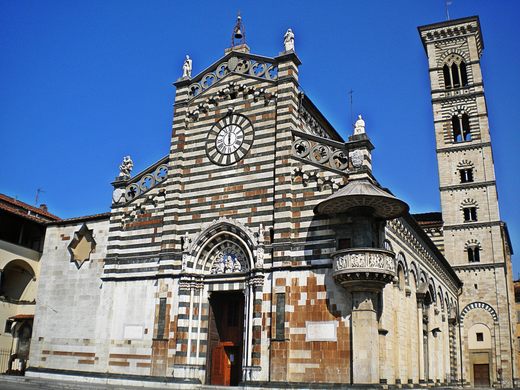

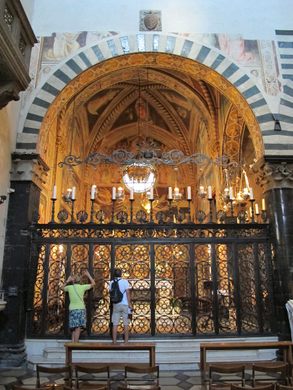






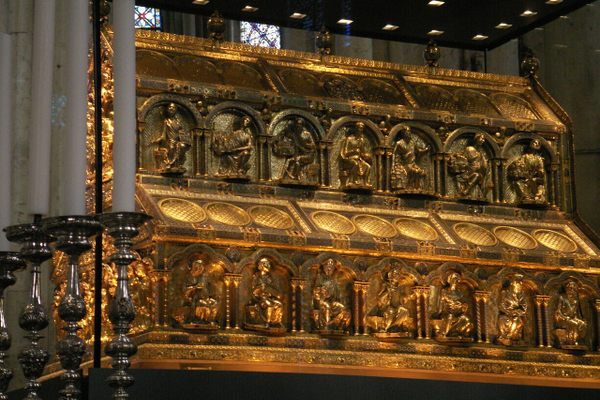
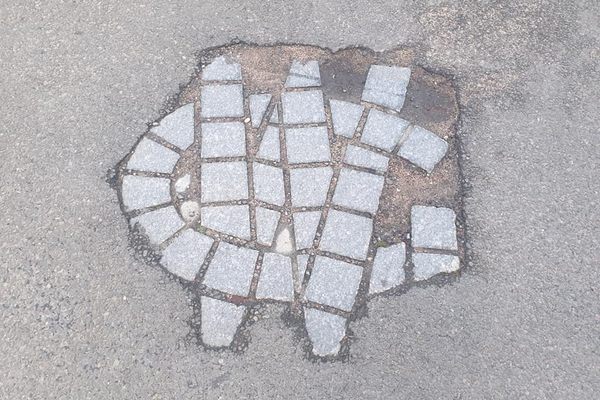
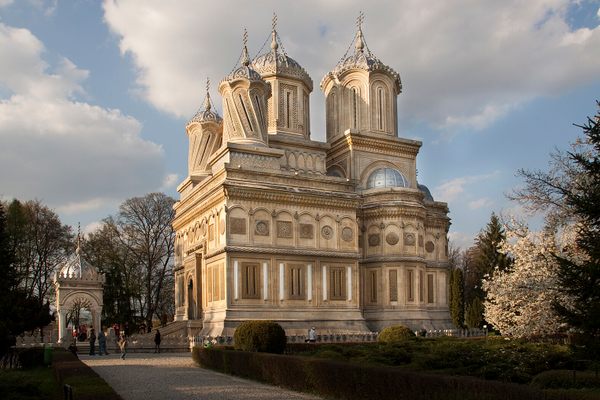


Follow us on Twitter to get the latest on the world's hidden wonders.
Like us on Facebook to get the latest on the world's hidden wonders.
Follow us on Twitter Like us on Facebook